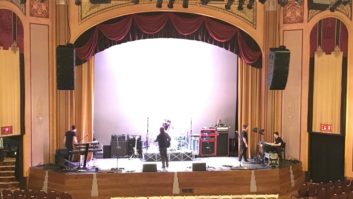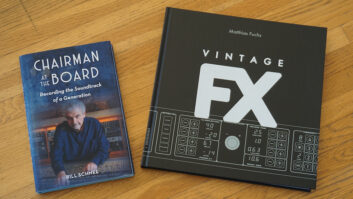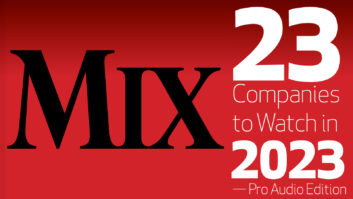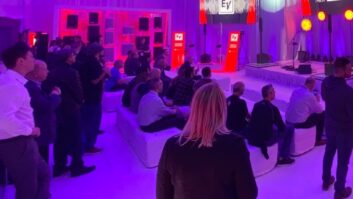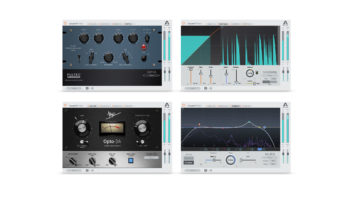The other day a friend of mine asked me about a microphone modeling system that he recently saw online. The basic idea is that the manufacturer’s modeling microphone, used in conjunction with a plug-in, emulates tonal characteristics and/or polar patterns of a variety of well-known mics—even after the track has been recorded.
“I don’t like it,” he grumbled. “Half the fun of using a microphone is shopping for it, going to other studios to try out different mics, and then impressing your friends with the purchase.”
Being a bit of a freak for microphones (and preamps… okay, gear in general), I tend to agree with him. You might be able to model the sound of my beautiful RCA 44BX, but you’ll never replace the presence that beast commands when I break it out to record a vocal. It’s a beautiful thing, and singers love it. There’s a certain pride in having a nice selection of mics from which to choose when you have musicians coming in for a live session, and there’s a lot of satisfaction in capturing a once-in-a-lifetime performance with great sound.
Read more Mix Blog Live: Life Through a Lens.
But then I started thinking… “What if I wanted the sound of the 44BX on stage?” There’s no way I’d take that thing on the road. It’s way too fragile to survive, way too big to place on a mortal microphone stand, and way too heavy to carry. I think that’s where mic modeling can come in really handy. If I could use a modestly priced modeling microphone and load the “profile” of an RCA 44BX, I’d have the best of both worlds while my 44BX remained safe at home. If I decided that I didn’t want the sound of a 44BX I could load a different profile, go back to a Shure SM58, or a Neumann U87 or any other mic I might want to try on a given vocalist. That would be a treat.
I remember playing Hellfest, Grasspop and Barcelona Rockfest last summer. Across the board, even the metal-est of bands were using Kemper Profiler and Line6 Helix amp modeling systems; the Marshall stacks were there for the look. So why not do the same with microphones?
How cool would it be if you could change from an emulation of a Shure SM57 to a Royer R121 on a guitar cabinet, instantly? We’ll need to address the issue of latency, and also the clumsiness of connecting modeling mics that don’t use standard XLR cables. And there’s the issue of whether or not the mixing system will be able to host the software. But one thing is for sure: it’s coming.
Somewhere, some smart manufacturer is working on a processor for their digital mixer that recognizes a stock SM57 as the source microphone and models it into anything you want. Much more to come.

